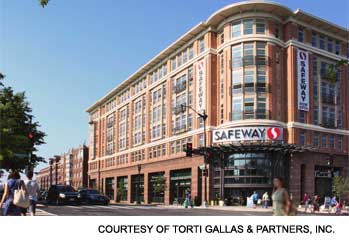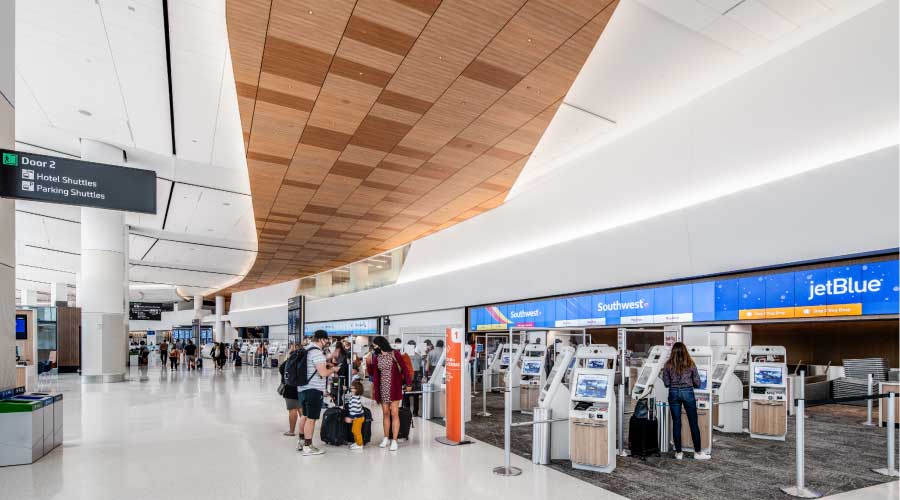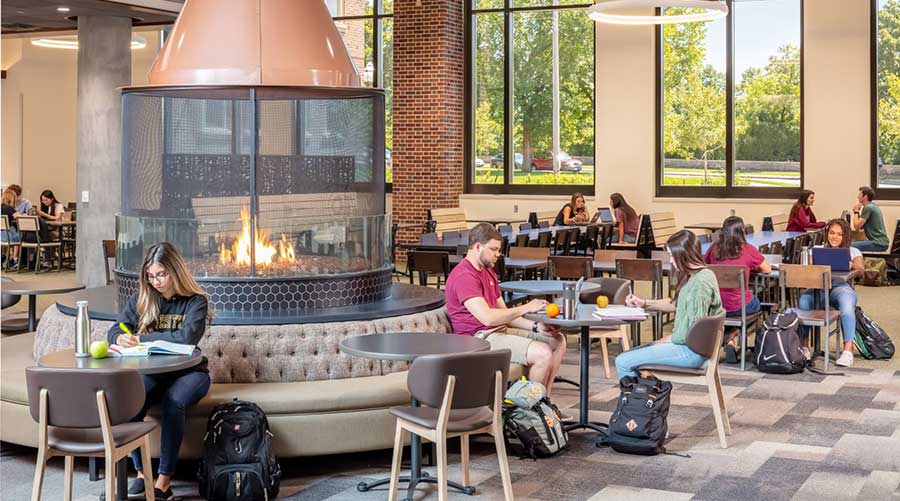External Communications Can Aid LEED Retail Strategies
Last part of a 3-part article on how retailers are using LEED and other resources to prioritize sustainability and go green
A final, critical method that can help successfully implement LEED strategies in retail is to communicate the message of a building’s sustainability features through targeted outreach. External communications should inform the community about a project’s sustainable features in order to provide a better understanding of a company’s values. This creates environmentally conscious retail advocates for your business, resulting in more consumers and increased sales.
Communication is vital not only to external audiences, but internally as well. Adequately educating facility staff and tenants about a building’s sustainability features will set sustainability programs up for future success, as informed users will efficiently use the building and its green features at their optimum and intended purpose. Informed tenants also become some of the best advocates for sustainability efforts.
Whole Foods is a great example of successfully communicating values-driven decision-making in the choice of retail space and operations to both its customers and stakeholders. The natural foods supermarket uses signage that guides customers through sustainable purchasing decisions, promotes the use of green features in its spaces (i.e., compost, recycling), and implements marketing campaigns focused on how sustainability is incorporated in operations as a whole. Through successful communications, Whole Foods’ image as a leading sustainable brand has attracted a following of loyal customers that not only understand but also feel aligned to its values.
An example of an available tool that can be used to boost transparent communication of sustainable retail space is the International Council of Shopping Centers (ICSC) Property Efficiency Scorecard. The scorecard is the only available benchmarking system that creates a specific standard for retail developers and owners to use as they work toward responsible operations that result in more efficient practices. Developers and owners are able to benchmark and measure their portfolio against industry peers, which helps communicate the value of these measures to a wider audience. The scorecard also provides reporting to clearly explain performance data to stakeholders, internal-decision makers, and tenants, providing customizable data that is most relevant to the intended audience. This transparent data can be distributed through a variety of promotional materials and communication efforts, providing new insights into portfolio performance and reinforcing the retail brand as being environmentally responsible.
Align Values With LEED
These strategies allow retail owners to successfully increase margins by putting emphasis on the market-driven trends of place-making and customer experience by leveraging sustainable development in their retail spaces. Each space can be adapted to fit the specific characteristics of the local market, whether the owners decide to establish a weekly farmers market as a community engagement practice, or be highly selective in the tenant mix to create a space that serves the needs and values of the surrounding area. Or at another level of influence, an owner might use an innovative, non-traditional relationship between landlord and tenant by offering a higher level of service that breaks down the split incentive barriers of previous leasing contracts.
Retail owners and developers can accomplish much by understanding and aligning their values to LEED credit strategies, creating shared goals among both tenants and landlord, incorporating the needs of the community, and offering transparent, effective communications. They will be able to differentiate their brand from the competition and earn consumers’ loyalty, while simultaneously improving operational efficiencies and shifting toward a model that is incentivized to be financially and environmentally sound.
Julia Raish is a manager with Paladino and Company, a sustainability consulting firm. She leads Paladino’s retail and mixed-use sector, and works to optimize the performance of the entire portfolio with a variety of retail clients who are constructing multiple buildings at the same time.
Photo Caption: A mixed-use facility in Washington, D.C., includes a 62,400-square-foot Safeway store and a five-story, 285,000-square-foot residential development. The project achieved LEED Gold certification for the residential space and LEED for Commercial Interiors Gold for the store.
Related Topics:














